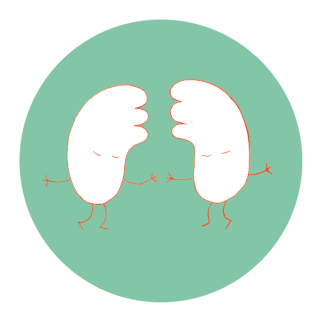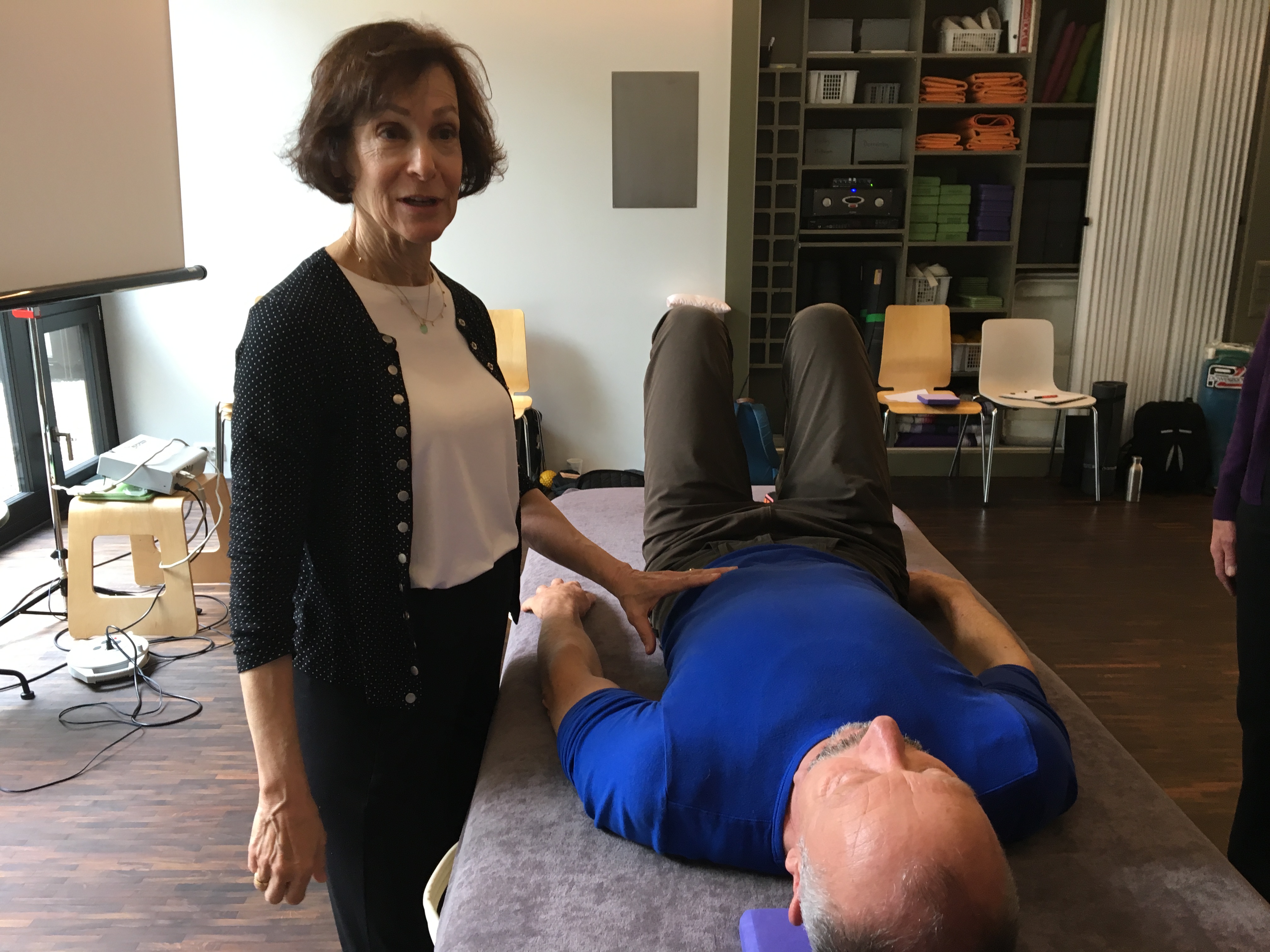In the German lifestyle magazine Carpe Diem,breath teacher Norbert Faller spoke with Nicole Kolisch about breathing „elastically“ in a given situation.
“Are you breathing „elastically“ in a given situation?
A few questions to something that should be a matter of course, but isn‘t.
Carpe Diem: Mr Faller, you are a breath teacher. Of course, the obvious question is, why should I learn to breathe? Can‘t I do that already?
Norbert Faller: We wouldn‘t live – none of us – if we couldn‘t. Most people who are born healthy, breathe reasonably well. But there are conditions in life that can lead to the loss of something actually quite intuitive that is self-regulated by the body. This can have many causes: monotonous movements or lack of exercise, poor posture, tension, stress, mental problems, sometimes it is also due to certain thoughts that „take our breath away“. There are also environmental influences (allergies) or smoking.
Read More





